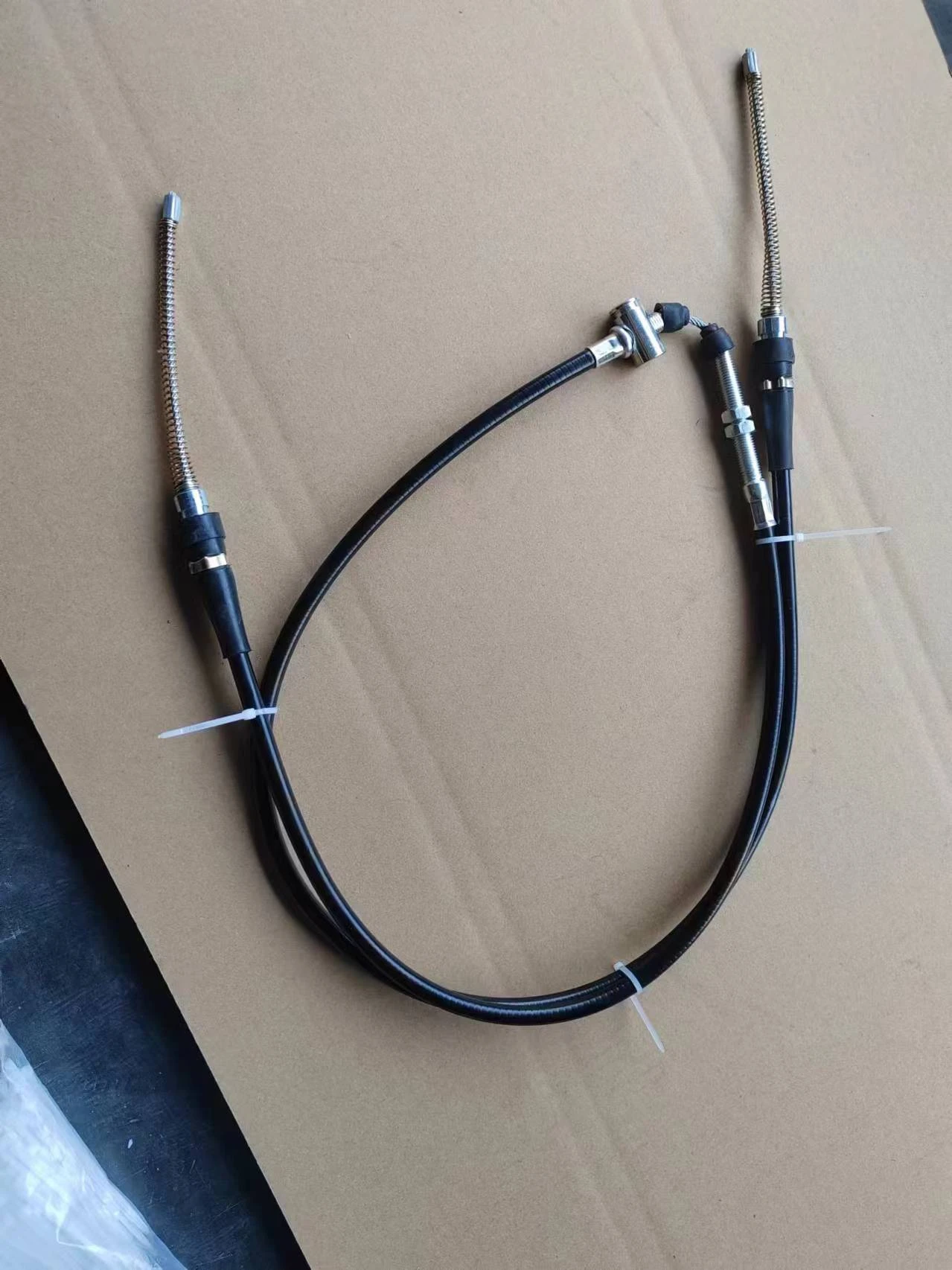clutch hose
Understanding Clutch Hoses Importance, Function, and Maintenance
Clutch hoses are a vital component of the hydraulic clutch system in vehicles, playing an essential role in the efficient operation of the clutch mechanism. A clutch system allows drivers to engage and disengage the engine from the transmission, enabling smooth gear shifts and overall vehicle control. Among the components that facilitate this operation, the clutch hose is crucial for transmitting hydraulic pressure from the clutch master cylinder to the slave cylinder. This article delves into the importance, function, and maintenance of clutch hoses.
The Importance of Clutch Hoses
Clutch hoses are typically made from high-quality rubber or synthetic materials, designed to withstand high pressure and resist wear and tear. They ensure that hydraulic fluid is transferred effectively without leaks, allowing the clutch system to function optimally. The reliability of clutch hoses is paramount; if a hose fails, it can lead to a complete loss of clutch function, making it impossible to shift gears. This not only affects the drivability of the vehicle but can also lead to further damage within the transmission system.
In performance vehicles, clutch hoses can significantly impact the driver’s experience. Upgraded or braided stainless steel hoses are often preferred for high-performance applications as they offer enhanced durability and responsiveness, leading to better control over the clutch engagement and disengagement.
How Clutch Hoses Function
When the driver presses the clutch pedal, it activates the master cylinder, which pressurizes the hydraulic fluid. This fluid is then sent through the clutch hose to the slave cylinder, where it acts upon the clutch release mechanism. The slave cylinder pushes the clutch fork, which in turn disengages the clutch from the engine, allowing the driver to change gears smoothly.
The design of clutch hoses is critical. They must be capable of withstanding the compressive forces and temperature variations experienced during operation. As hydraulic fluid travels through the hose, it generates heat and pressure, so the materials used need to be resilient enough to handle these conditions without degrading over time.
Common Issues with Clutch Hoses
clutch hose

Like any component of an automobile, clutch hoses can experience issues. Common problems include leaks, cracking, or bulging, typically caused by age, heat, or exposure to road elements. A significant leak in the hose can lead to a loss of hydraulic pressure, resulting in a spongy or unresponsive clutch pedal. Drivers may notice that the pedal goes to the floor with little resistance, indicating that the clutch is not disengaging correctly.
Another issue can arise from the buildup of dirt and debris, which can compromise the integrity of the hose. Regular inspections can help identify these issues before they result in catastrophic failures.
Maintaining Your Clutch Hose
Proper maintenance of the clutch hose is essential for ensuring the longevity and reliability of the clutch system. Here are some tips for maintaining this crucial component
1. Regular Inspections Check the condition of the clutch hose regularly for any signs of wear or damage. Look for cracks, leaks, or any unusual bulging.
2. Fluid Levels Ensure that the hydraulic fluid is at the recommended levels. Low fluid can indicate a leak somewhere in the system, including the hose.
3. Cleanliness Keep the area around the clutch hose clean. Dirt and grime can impair its function and lead to premature wear.
4. Replace When Necessary Clutch hoses should be replaced according to the vehicle manufacturer's recommendations or at the first sign of wear. Using superior quality hoses tailored for your specific vehicle can enhance performance and reliability.
In conclusion, clutch hoses are a crucial component of vehicle performance, and understanding their function can help drivers maintain their cars more effectively. By keeping an eye on these vital hoses, vehicle owners can ensure smooth gear shifts and an overall pleasant driving experience. Regular maintenance and prompt attention to any signs of wear can prevent larger, costlier issues down the line.
-
Workings of Clutch Pipe and Hose SystemsNewsJun.04,2025
-
The Inner Workings of Hand Brake Cable SystemsNewsJun.04,2025
-
The Secrets of Throttle and Accelerator CablesNewsJun.04,2025
-
The Hidden Lifeline of Your Transmission Gear Shift CablesNewsJun.04,2025
-
Demystifying Gear Cables and Shift LinkagesNewsJun.04,2025
-
Decoding Clutch Line Systems A Comprehensive GuideNewsJun.04,2025
